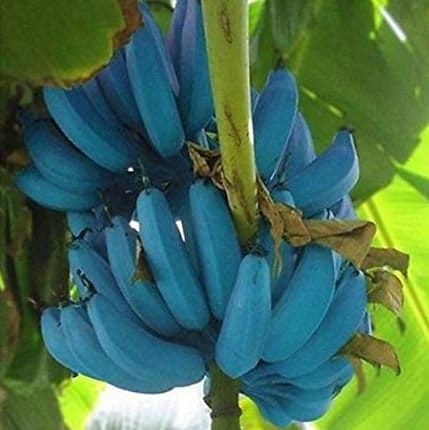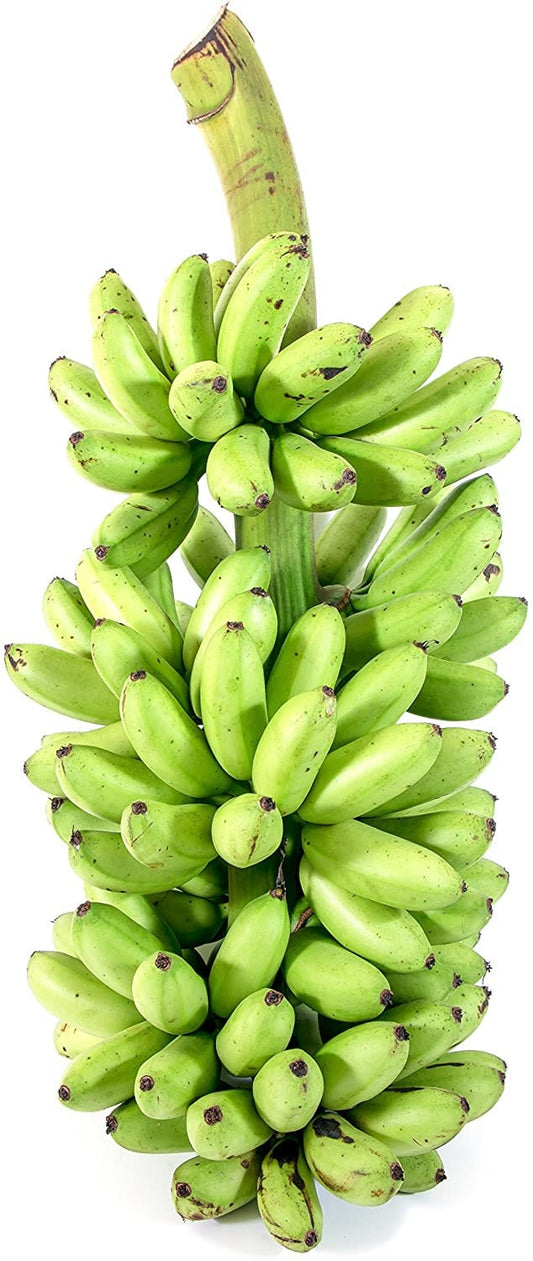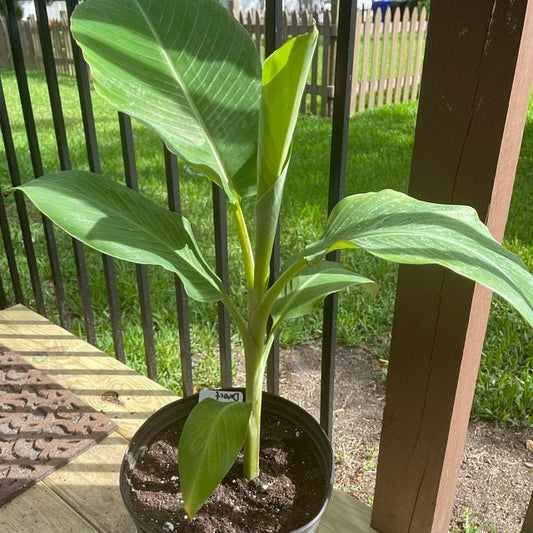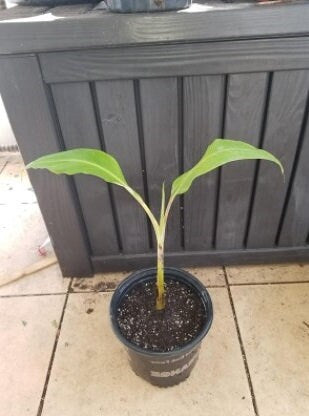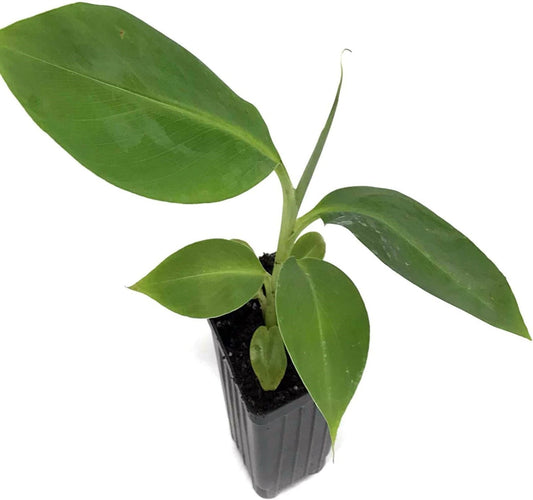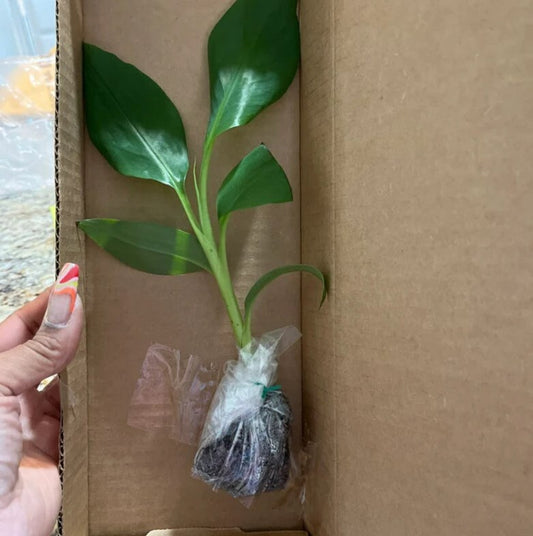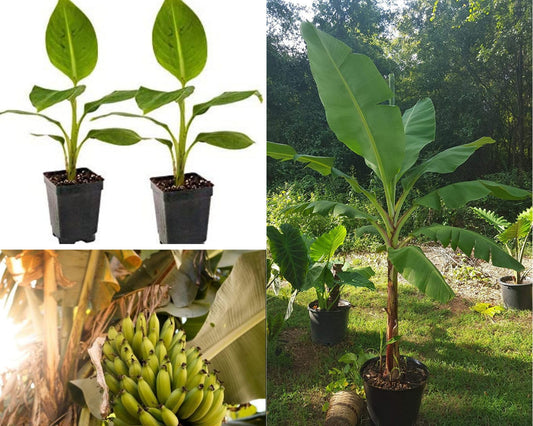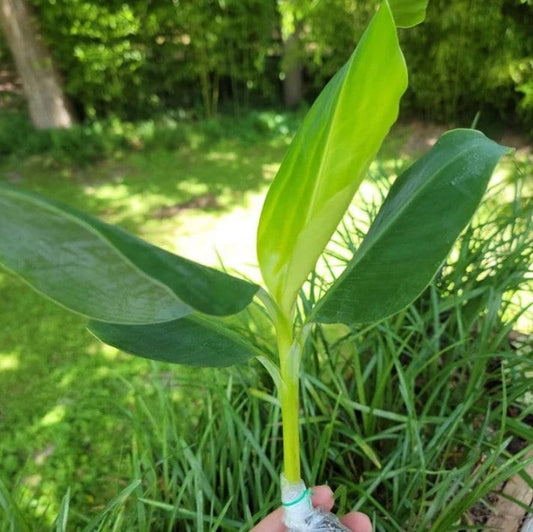Easy Guide to Protecting Banana Plants from Pests and Diseases
Banana plants, with their lush, tropical foliage and sweet fruit, can be a rewarding addition to any garden. However, like all plants, they are susceptible to various pests and diseases that can hinder their growth and productivity. Understanding how to protect your banana plants effectively is crucial to ensuring their health and longevity. This blog post provides straightforward strategies to safeguard your banana plants against common pests and diseases, making it easy for gardeners of all levels to maintain healthy plants.
Common Pests and Diseases Affecting Banana Plants
Before diving into prevention and treatment, it's important to identify some of the most common threats to banana plants:
- Banana Aphids: These pests can spread banana bunchy top virus, one of the most detrimental diseases affecting banana plants.
- Spider Mites: These tiny pests can cause the leaves to yellow and drop prematurely.
- Nematodes: Soil-dwelling pests that attack banana roots, reducing the plant’s ability to take up water and nutrients.
- Panama Disease: A soil-borne fungal disease that can kill banana plants and is particularly hard to control once it infects the soil.
- Black Sigatoka: A fungal disease that affects the leaves of banana plants, leading to reduced photosynthesis.
Preventive Measures for Healthy Banana Plants
The best strategy for dealing with pests and diseases is prevention. Here are some easy steps to help protect your banana plants:
1. Choose Resistant Varieties
- Whenever possible, opt for disease-resistant banana plant varieties. These can significantly reduce the incidence of diseases like Panama disease and Black Sigatoka.
2. Maintain Good Sanitation
- Regularly remove and destroy any affected plant parts or fallen debris around your banana plants. Keep the area weed-free to minimize the hiding places for pests.
3. Ensure Proper Plant Spacing
- Adequate spacing between banana plants helps ensure good air circulation, which can reduce the humidity around the plants and lower the risk of fungal diseases.
4. Use Mulch Wisely
- Applying organic mulch can help regulate soil temperature and moisture, suppress weeds, and prevent soil-borne diseases. However, ensure that the mulch is not piled against the plant stems to avoid rot.
Treatment Strategies for Infected Banana Plants
If prevention methods fall short and your banana plants become infected, here are effective treatments to manage and control the spread of pests and diseases:
1. Insecticidal Soaps and Oils
- Treatments such as insecticidal soap and neem oil are effective against many pests like aphids and spider mites. They are safe for the plant and the environment when used according to label instructions.
2. Fungicides
- For fungal diseases like Black Sigatoka, fungicides can be necessary. Use fungicides as a last resort and always follow the manufacturer’s guidelines for application.
3. Nematode Control
- Incorporate nematode-resistant cover crops or apply organic nematode control options like biofumigants or nematode-inhibiting plants.
4. Quarantine New Plants
- Always quarantine new banana plants before introducing them to your garden to prevent the spread of pests and diseases from other areas.
Conclusion
Protecting banana plants from pests and diseases doesn't have to be complicated. By implementing these straightforward preventive measures and effective treatment strategies, you can maintain healthy, productive banana plants. Regular monitoring, prompt action at the first sign of trouble, and adherence to good cultural practices will help keep your banana plants thriving. Enjoy the benefits of a lush, pest-free banana plant in your garden with these simple, actionable tips.
